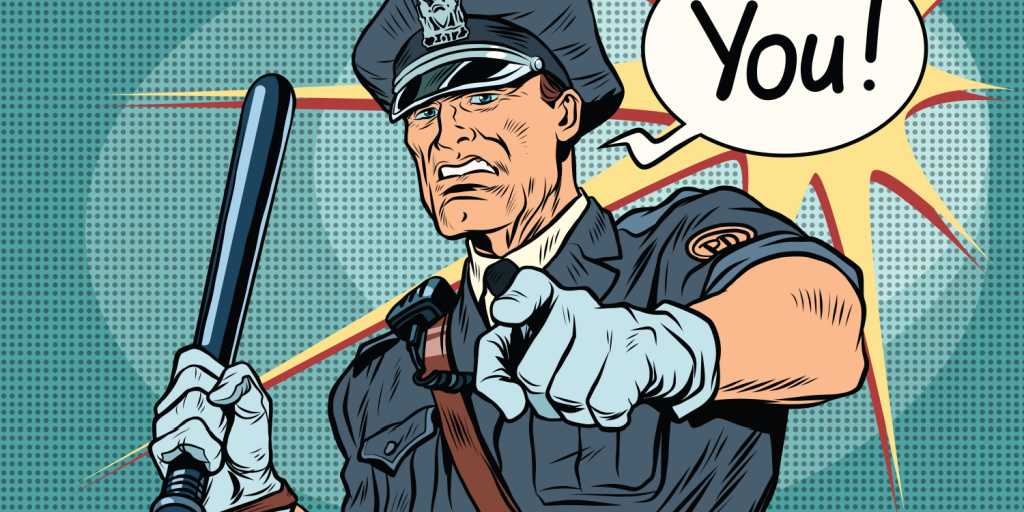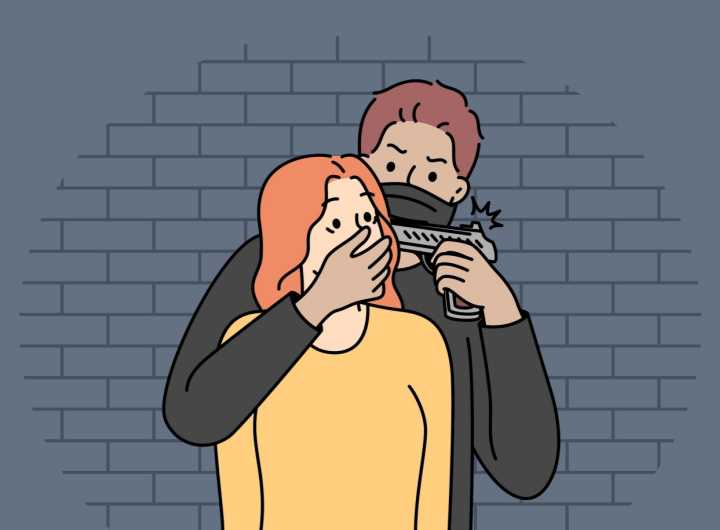Facial Recognition and Suspect Identification
Defense attorneys have been challenging eyewitness identification testimony since the inception of the criminal justice system. You might remember the hilarious scene from “My Cousin Vinny” where Joe Pesci cross-examines an eyewitness who identified his cousin as the perpetrator of the Sack O’ Suds robbery. He discredits him by showing the jury that the eyewitness made the “positive” identification while looking through a dirty window, a “crud-covered” screen, a leafy tree, and seven bushes! This is an example of an old school, yet effective challenge to eyewitness identification.
Numerous studies have evaluated the accuracy of eyewitness memory and identification. The Innocence Project, an organization that reviews pre-DNA evidence death penalty convictions, reports that eyewitness misidentification is the single greatest cause of wrongful convictions, accounting for 70 percent of the wrongful convictions overturned with DNA evidence. As a result of these studies, some localities adopted new procedures for lineups, designed to reduce misidentification. There are conflicting studies as to whether a confident eyewitness is actually a more accurate eyewitness, so some jurisdictions now instruct jurors not to give more weight to an eyewitness identification just because the eyewitness seems confident.
Given that so many public spaces, and even private spaces, now have constant surveillance recording, law enforcement is increasingly turning to facial recognition technologies (FR) to identify suspects. While this may sometimes be more accurate than eyewitness identification, there are still significant civil liberties concerns. Last month, the San Francisco Board of Supervisors voted to ban the use of facial recognition technology by city police due to concerns that the dangers of using the technology would outweigh its benefits
How is Facial Recognition Technology (FR) Used To Identify Suspects
Depending on the jurisdiction, FR is used in a variety of ways. Most commonly, law enforcement uses facial recognition software to compare the face of an individual caught on surveillance cameras with faces in a database of mugshots. The FR software employs an algorithm to compare various facial features and returns a list of potential matches that are then viewed with the human eye to determine if there is a true match. Police can then follow up on individuals that appear to be a match. In some jurisdictions, driver’s license photo databases are also made available to law enforcement for facial recognition scans, either by special request or blanket access.
The actual FR search results are only used in the investigation and are not used as evidence in court. Therefore, defendants are often unaware that law enforcement used FR to initially identify the defendant as a suspect.
An appellate court in Florida recently held that a defendant had no right to view the FR search results that led to his identification as a suspect. The defendant, who was accused of buying crack cocaine for $50, argued that the FR results contained potentially exculpatory evidence and therefore the prosecution should have disclosed the search results to the defense. The appellate Court disagreed, but the defendant has appealed to the Florida Supreme Court and several civil rights groups have filed amicus briefs encouraging the Court to hear the case.
What Are the Concerns With Facial Recognition Technology?
Proponents of using FR for identifying criminal suspects tout the efficiency and relatively low cost of the technology. They report that FR technology allows law enforcement to solve cases that are otherwise unsolvable, especially shoplifting crimes, which hurt local businesses. Still, there are widespread concerns about the accuracy of FR. Both MIT and the ACLU conducted studies of FR technology, which showed that many innocent people, including members of the U.S. Congress, would have matches to criminals in the FR databases.
There are also concerns over how FR should be used. The Chinese government is reportedly using real-time FR video surveillance to identify jaywalkers, people stealing toilet paper from public bathrooms, and to target Muslim minorities. Maryland police are accused of using FR to identify protesters of police brutality. The ACLU has also raised concerns regarding ICE requests to perform FR scans on local law enforcement photos in San Francisco, which is a sanctuary city.
If you have been accused of a crime, based on misidentification through video surveillance, or believe that law enforcement used FR technology to misidentify you as a suspect, a defense attorney can review the evidence in your case and challenge any misidentification or evidence that was unlawfully obtained.
Recommended Articles

Arizona’s new sealing statute is a powerful way for people who have been charged or convicted of many common offenses, to be able to say “no” in many instances.

In Arizona, “Aggravated Assault” charged under ARS § 13-1204 is a Class Four Felony, and in some cases with mandatory prison.

DUI or domestic violence police misconduct even if not resulting in grievous misfortune can sometimes provide a helpful remedy for the criminally accused.

people are surprised by how outsized the consequences some misdemeanor convictions can be. collateral consequences—meaning all those hidden consequences.

For thirty years two federal laws prohibited all those convicted of misdemeanor domestic violence offenses from ever possessing firearms.

About Michael Harwin
Michael’s skill and experience have been recognized repeatedly. He holds an A-V 5/5 preeminent rating by Martindale Hubbell. He has been named one of the top lawyers in Arizona by Southwest Superlawyers, and one of the best lawyers in Tucson by Tucson Lifestyle Magazine. He also has been named one of the best lawyers in the United States by BestofUS.com , and given the highest rating possible by AVVO, 10/10 Superb. Amazon Books


